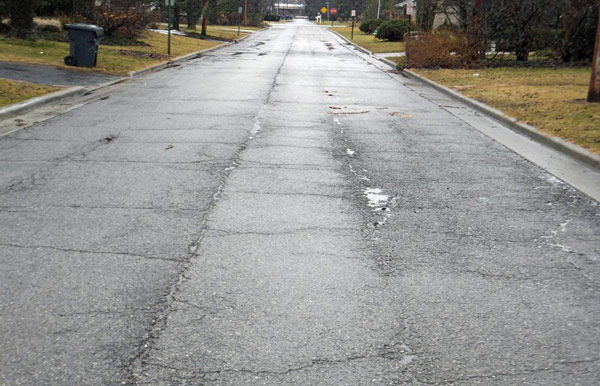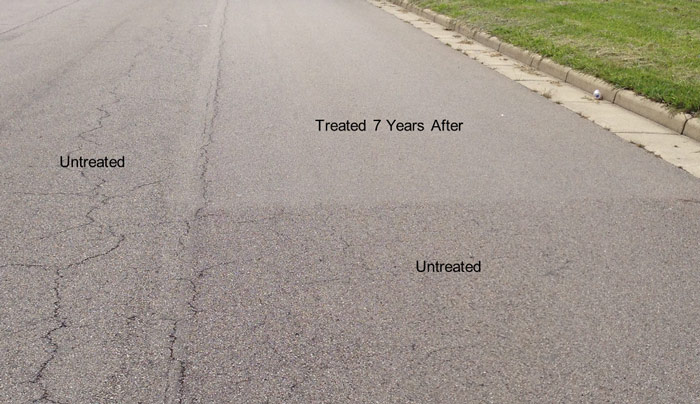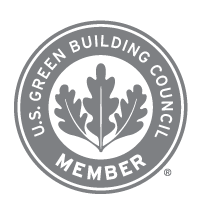Road Pavement Preventive Maintenance Plan
Category: Blog Articles By: David Helm
How long should my road paving last?
How long a road should last and how long it actually holds up can be two different experiences. From those we surveyed on this question, the answers were all over the map. We heard answers on roadway longevity ranging from 10 to 25 years, with higher traffic roads trending toward the lower number.
By the time an asphalt overlay reaches 15 years old, major deterioration has set in. At this point, there are minimal complaints and crowds aren’t showing up at meetings with pitchforks. The road can still be driven on and it is not a total disaster.
But when road conditions force us to rehabilitate, significant attention is required. This major work means spending considerable dollars too.
Are your paving dollars keeping up with deterioration?
Steve Lander P. E. of the Kercher Group sheds some light on the issue when he states: “You can’t address a network problem with a project-based solution.” A once-and-done large project makes a big impact on that road and its users. But does that big, positive impact make up for the negative effects of other road work that is put on the back burner? The road network still deteriorates faster than we can keeping up with. So what is the answer for preventive pavement maintenance other than more money?
Maintaining good roads costs less per year than tolerating deteriorating road conditions until major work is needed.
Today’s highway engineers and pavement maintenance managers are increasingly focused on pavement preservation because studies validate its favorable life-cycle analysis (LCA) impact.
A pavement preservation program should be part of every agency’s annual plan, but determining which tool to use can be challenging. When the treatment does not match the road conditions, short-term results may not translate into a long-term return on the treatment investment.
One thing is clear though: the earlier you start properly preserving the road, the greater the return on your initial investment.
When pavement construction ends – destruction begins.
Actually, some degradation of asphalt occurs even before it reaches your pavement, due to the high manufacturing temperatures that begin to deplete asphalt’s binder components known as maltene fractions. Once construction ends, oxidation of the asphalt binder, the intrusion of water, and exposure to traffic and weathering further break down the asphalt.
The depletion of the asphalt’s natural maltene components causes the asphalt to become more and more brittle. It loses its resistance to weather. Slowly at first, and then suddenly, the effect on your pavement becomes apparent in the form of raveling, cracking and general deterioration.

What can you do about it?
We change oil in a new car to keep it in good condition. Applying the right treatment at the beginning of a pavement’s life is the remedy. Application of maltene components replenishes the natural asphalts lost in the heat of manufacturing and through subsequent weathering:
- Improving the aging characteristics of the asphalt
- Sealing the surface from moisture
- Reopening to traffic in minutes
- Extending the time before roadway brittleness and deterioration make reconstruction your only alternative
Maltene Replacement Technology (MRT) ensures your roadways will stay smooth and in good condition, adding four to five years of pavement life. Pavement restoration treatments are a fraction of the cost of repaving, so every year of added service life extends your paving budget while reducing your carbon footprint.
You don’t have to spend a lot to gain a lot.
Genuine asphalt rejuvenation using MRT costs less than a dollar per square yard. When combined with crack sealing in a program of proactive preventive maintenance, including two cycles of MRT treatments, the cost of life-extending restoration is less than 30 percent of the cost of resurfacing. That means you can extend the service life of about 10 miles of pavement at the cost of resurfacing a single mile!
The proof is in the pavement.
Replenishing the same maltene components that occur naturally in asphalt has a 50+ year track record of making America’s pavements resistant to the effects of weathering.








